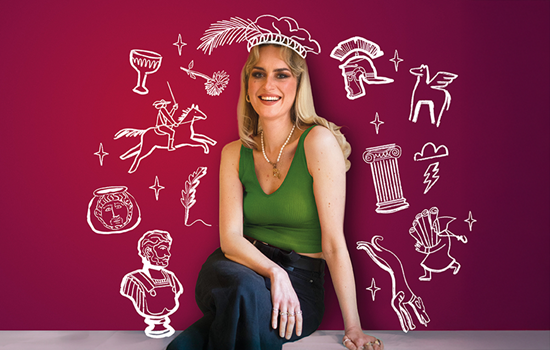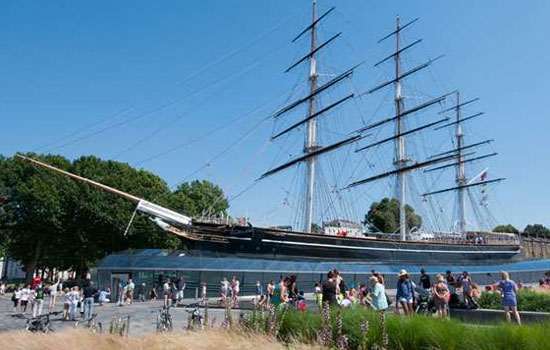The Heritage Quiz
Test your knowledge with our mini heritage quiz.
Select each question to reveal the answer.
Guess the Castle
Can you guess which English Heritage property is pictured?
1. The castle was captured by the Scots in both 1315 and 1346.
2. Originally built as a two-storey home, its owner Robert de Reymes began to add battlements and defences from 1296 onwards.
3. It served as a farm from the 1600s until 1966.


